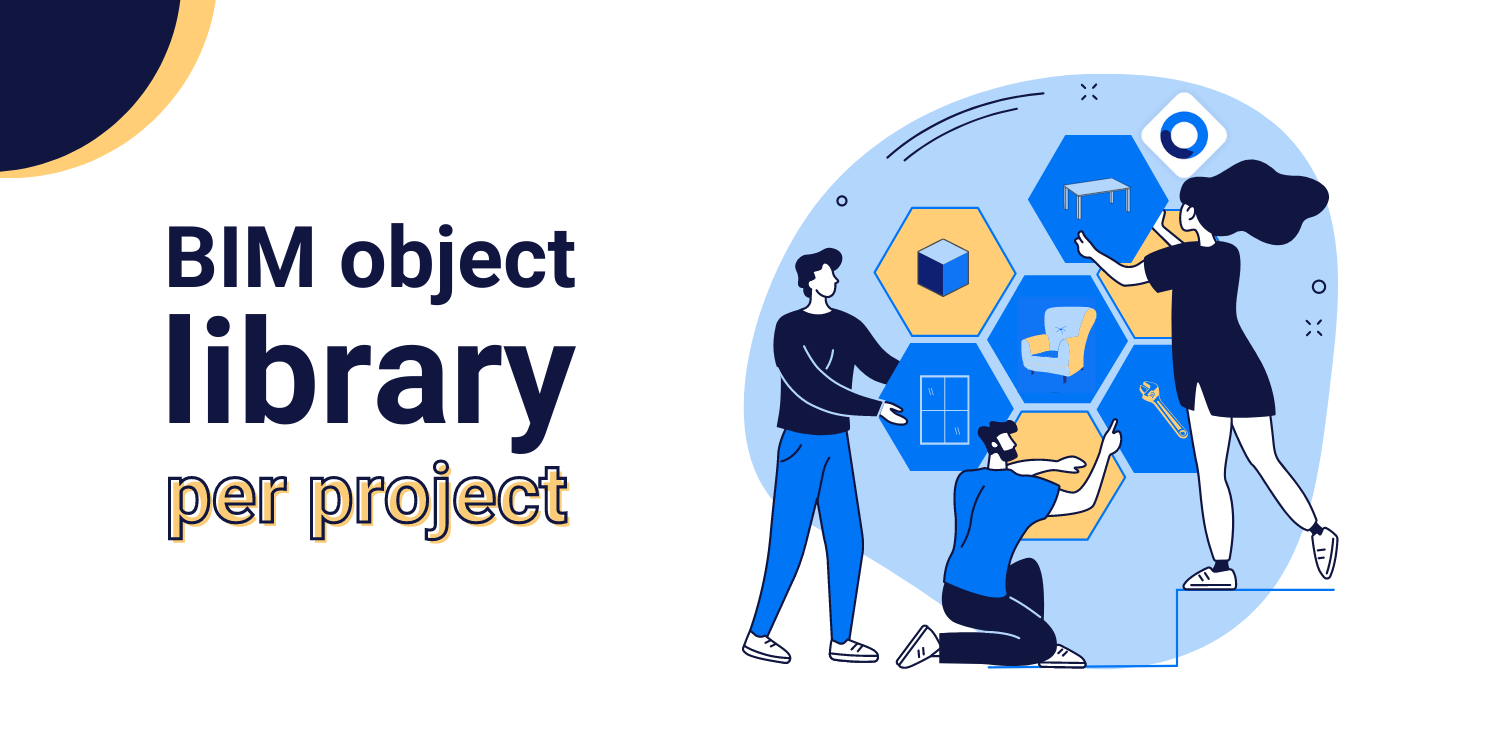Reduced errors, optimised design, improved planning and project management… there are many benefits of BIM collaboration to ensure the success of a construction project.
But as a BIM Manager, Coordinator or BIM Referent, what level of Building Information Modeling collaboration should you choose for your projects?
We tell you all about it in this article!
4 main levels of collaboration
At BIM&CO, we distinguish 4 levels of collaboration in BIM.
Level 0: “no BIM”
This level 0, or “without BIM“, represents, as its name suggests, the traditional management of construction projects, without the use of BIM technology. The use of BIM technology results in often scattered information and potentially frequent errors and delays.
Concrete example of the “no BIM” level
Let’s say an architect is working on the design of a new building. He or she may create 2D drawings by hand or using CAD software.
The process of coordination with other stakeholders (engineers, architects, owners) can be laborious and requires exchanges of plans and meetings to ensure that everyone is on the same page.
Once the drawings are finalised, they are then passed to the contractors for construction. The contractors will then have to interpret the drawings and use their own expertise to construct the building to specification.
In this example, there is no real-time collaboration between the different stakeholders. In addition, there is no centralized digital model for planning and coordination. This process can be prone to errors and potential delays due to misunderstandings or different interpretations of drawings.
Level 1: “Isolated BIM”
The isolated BIM level involves the use of BIM models by a single company, without collaboration with other stakeholders. This means that information is shared with other stakeholders. However, there is no real-time collaboration.
In what type of cases should isolated BIM be used?
In the case of a hospital construction project, the architect uses BIM modelling software to create a detailed digital model of the building. However, he works independently of the other stakeholders. Once the plans are finalised, they are sent to the contractors for construction. The contractors can use the BIM model as a reference for the construction. But they are not able to update the model themselves in real time.
Here there is no real collaboration between the stakeholders. Despite the fact that the BIM model is used for design and construction. This can lead to errors and therefore additional costs in case of conflicts between plans.
Level 2: “Limited collaboration”
Limited collaboration in BIM means closer collaboration between the different companies involved in a project. Information is shared in real time. This allows for better coordination and a reduction in errors.
Concrete example of the level of limited collaboration
Let’s take the example of an office building construction project. The various participants use BIM modelling software to create detailed digital models of their own areas of expertise.
To ensure that all plans are compatible with each other, models are shared regularly. There is also some central coordination to ensure that all stakeholders are working in the same direction. BIM models are used for construction planning and cost management, among other things.
In this example, there is some collaboration between the different stakeholders through the use of BIM models. However, there is no real central coordination for project management, which again can lead to errors or delays.
Level 3: “Full collaboration”
The latter level ensures full collaboration between all stakeholders in a construction project (clients, architects, engineers, contractors). Instantly shared information ensures better coordination, project quality, and reduced errors.
Specific example of full collaboration
Let’s take the example of an international airport construction project. All stakeholders work together in a collaborative BIM environment.
A BIM project manager leads the project. He or she ensures the coordination and centralized management of all stakeholders. Shared BIM models, useful for planning and project management, ensure close collaboration and rapid conflict resolution.
Contractors use them to plan the logistics of construction. Once completed, owners have access to a complete and accurate BIM model for the long-term management and maintenance of the airport.
In this case, there is close collaboration and central coordination between all stakeholders through the use of a collaborative BIM environment and a BIM project manager. This allows for rapid conflict resolution and efficient project management.

Choosing the right level of BIM collaboration
Now that we know the different possible levels of BIM collaboration, how do we make the right choice?
This decision depends on the objectives and needs of the project in question. Here are the different factors that we advise you to take into account:
Complexity of the project
The more complex your digital construction project is, the more we at BIM&CO advise you to choose a high level of collaboration. As mentioned before, this decision will ensure better coordination and fewer errors.
Budget
Before choosing the right level, ask yourself: “How much budget is allocated for this project?“. This is because higher levels of collaboration usually require additional investment in software, training and time. To determine whether the desired level of collaboration is feasible, it is important to consider the additional cost.
Deadlines
As with the issue of budget, it is with the higher levels of collaboration that more time is required to put in place the processes and tools for collaboration. In determining whether the desired level of collaboration is achievable, it is important to consider the timeframe.
Project objectives
Finally, to determine the right level of collaboration, the objectives of the project should be clearly defined beforehand. For example, if the objective is to minimise errors and maximise quality, it may be better to choose a higher level of collaboration.
Final word
To set up a level of BIM collaboration, there are several possibilities for BIM Managers and BIM Leaders: No BIM, Isolated BIM, Limited or Full Collaboration levels.
In general, it is important to take into account different factors: complexity, budget, deadlines and objectives. It is also important to take into account the past experiences and preferences of the different stakeholders to determine the desired level of collaboration.
Do you want to collaborate more in your digital construction projects? BIM&CO‘s Onfly solution allows your teams to manage the objects and data of your projects in a centralised and collaborative way, in any design software.
Contact our team to find out more and gain efficiency in all your projects!



